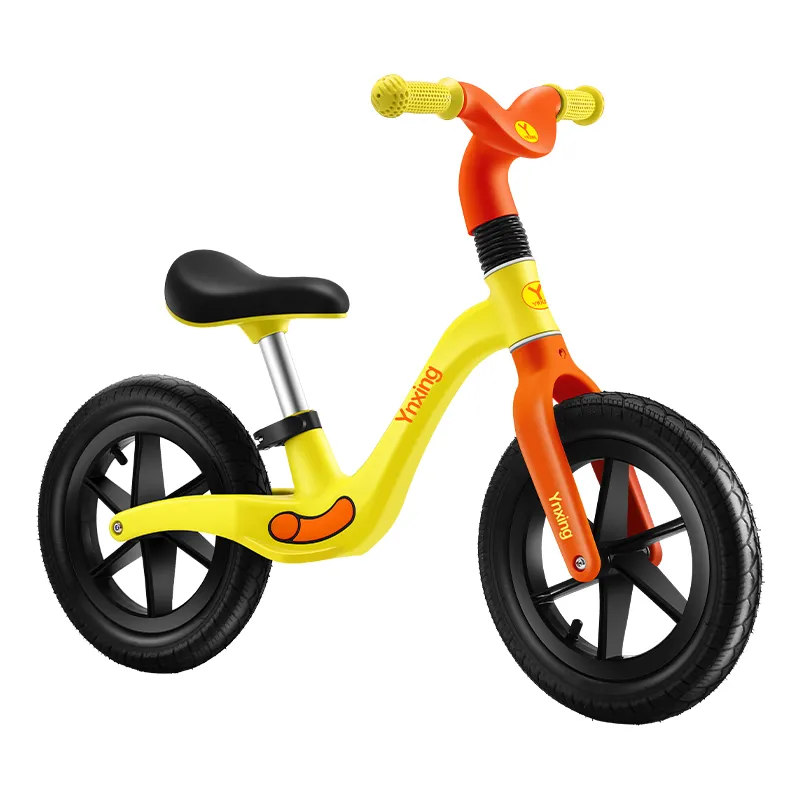Understanding Mountain Bike Sizing for Optimal Performance and Comfort
Understanding Mountain Bike Dimensions A Comprehensive Guide
When it comes to mountain biking, selecting the right bike is crucial for both performance and comfort. One of the key aspects of choosing a mountain bike is understanding its dimensions. These dimensions significantly influence how a bike handles on various terrains, its overall stability, and the rider’s comfort during long rides. In this article, we will delve into the essential dimensions of mountain bikes and their importance.
Frame Size
The most critical dimension of a mountain bike is its frame size. Mountain bikes typically come in various frame sizes, which are measured in inches or centimeters. To find the appropriate frame size, you should consider your height and inseam length. As a general guide, riders between 5'1 and 5'5 usually need a small frame (13” to 15”), while those between 5'6 to 5'10 often require a medium frame (15” to 17”). Tall riders, usually above 6'1, may benefit from a large frame (17” to 19”) or even extra-large (19” to 21”).
An appropriately sized frame ensures that the rider can reach the handlebars comfortably while maintaining an optimal body position, which helps in controlling the bike effectively.
Wheel Size
Another significant dimension in mountain biking is wheel size. Currently, the most common wheel sizes for mountain bikes are 26”, 27.5” (650B), and 29”. Each wheel size has its advantages and disadvantages.
- 26-inch wheels are generally lighter and more responsive, making them suitable for technical trails where agility is necessary. However, they may not roll over obstacles as easily as larger wheels. - 27.5-inch wheels offer a balance between speed and maneuverability. They provide better traction and stability compared to 26-inch wheels while still allowing for easier handling.
mountain bike dimension

- 29-inch wheels excel at rolling over obstacles and providing greater speed on flat terrain. However, they can be less nimble in tight, technical sections of a trail.
Choosing the right wheel size depends on your riding style, the terrain you most frequently encounter, and personal preference.
Top Tube Length
The top tube length is another critical dimension that affects your riding position and overall comfort. It measures the horizontal distance from the seat tube to the head tube. A longer top tube translates to a more stretched-out riding position, which is often preferred for downhill riding. Conversely, a shorter top tube allows for a more upright position, beneficial for climbing and technical riding.
Standover Height
Standover height is the distance from the ground to the top of the top tube when the bike is positioned upright. For a comfortable fit, riders should be able to stand over the bike with a few inches of clearance when straddling the top tube. This dimension is particularly important for mountain bikers who frequently need to dismount quickly in challenging terrains.
Conclusion
Understanding mountain bike dimensions is integral to selecting the right bike for your needs. The frame size, wheel size, top tube length, and standover height all play pivotal roles in how a bike performs, feels, and fits. When choosing a mountain bike, it is vital to test ride several options to determine which dimensions feel best for your body type and riding style. Investing time in understanding these dimensions will enhance your overall biking experience, allowing you to enjoy the trails with confidence and comfort. Happy riding!
-
kids-scooter-tiny-olympic-games-scooterathlonNewsAug.22,2025
-
kids-scooter-waves-xingtai-zhongzhous-global-rippleNewsAug.22,2025
-
baby-tricycle-oem-legacy-zhongzhou-forgedNewsAug.22,2025
-
xingtais-twin-tricycle-revolution-siblings-ride-togetherNewsAug.22,2025
-
baby-tricycle-design-inspired-by-ancient-armorNewsAug.22,2025
-
nfc-chip-enabled-oem-baby-tricycle-trackingNewsAug.22,2025
-
The Perfect Baby TricycleNewsAug.11,2025








